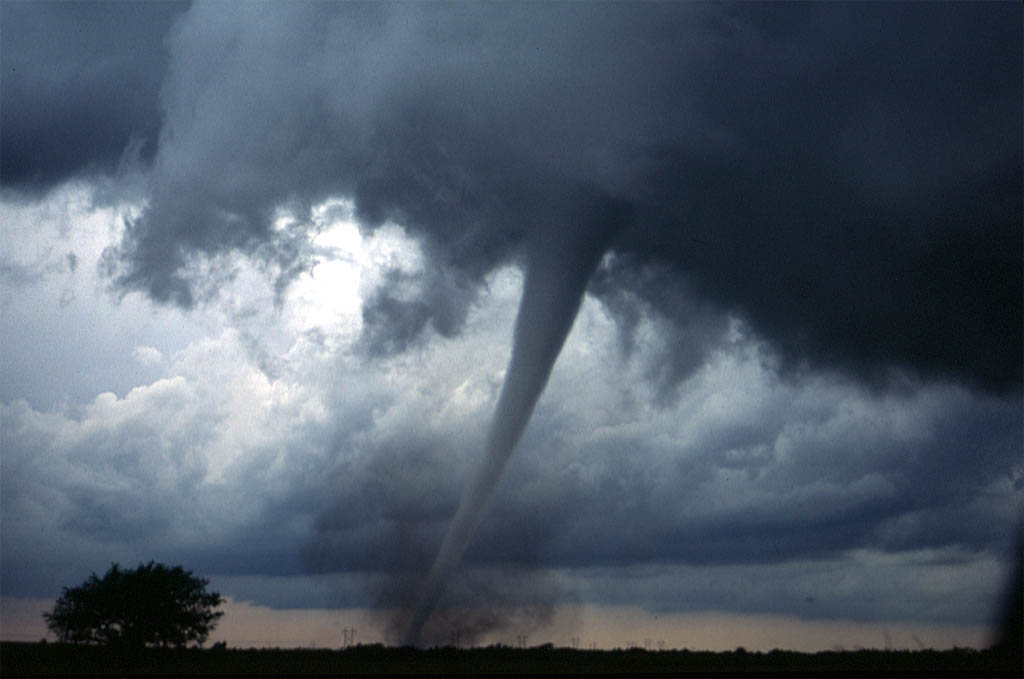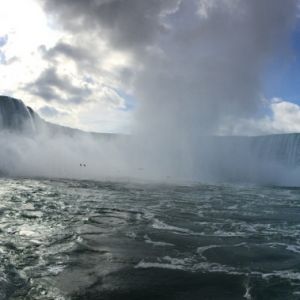Weather Forecast in the WestPosted by Weather Ink on March 24th, 2019 While a large number of scientists believe the world is warming due to greenhouse gases, another large number believe that we are in a natural cycle and that what comes next is cooling. Some say the cooling has already begun and that climate changes, which nobody disputes, are happening independently of greenhouse gases. What is not at all in debate is the fact that the earth is undergoing climate change. That, in the view of scientists, will continue for at least the next 30 years if global warming continues, no matter what the cause of global warming. Water Efficiency, Penelope Grenoble has provided a profound report entitled "The Future Is Now". She pulls together research and reports of scientists from the Scripps Institution of Oceanography at the University of California in San Diego; Lawrence Livermore National Laboratory's Program for Climate Model Diagnosis and Intercomparison; the National Center for Atmospheric Research, and Columbia University's Lamont-Doherty Earth Observatory - to name but some - as they study what is happening to the earth's climate and say what they think will happen next.
Keeping the discussion to North America, the considered predictions for at least the next 30 years, based on studies of the oceans, ice caps, past records of climate change and the atmosphere are very discouraging for the western and southwest states. The air near the tropics will become increasingly warmer, causing it to rise higher and faster. When air warms its capacity to absorb moisture expands. Thus, more humidity will be propelled upward over the tropics. When air rises it cools and condenses, creating rainfall. When it rises high enough the moisture turns to ice and the rain event also gains wind. Thus, the forecast is for more rain over the tropics and for larger and more intense storms across the western states. There will also be more dry periods in many places. California and the Southwest will gradually become deserts. Some researchers speculate that drought will claim most of the western states all the way to Canada and perhaps some of Canada as well. The last time California experienced a climate change like the one happening now was in the twelfth century. That dry spell lasted for 60 years. It's not that there will be less rain but that the rain will be far more intermittent: the dry spells will last longer. When the rains and storms come they will pour down greater and greater amounts of water. Dry spells make the ground less able to absorb rainfall and runoff waters. So, when the rains and snows do occur, more and more of the water will be lost to runoff. The runoff will pour into existing reservoirs at rates too fast to control the pollution, and it will also create erosion and flooding. Available water for irrigation, power generation, industrial use and everyday consumption will become less plentiful. One graphic example is Lake Meade: it will continue to be drawn down faster than it can be replenished until there will be no more water available for irrigation or power generation. Lake Meade is already down approximately 150 feet. The higher the altitude the drier will be the situation. The Rockies, for example, will receive less and less precipitation events but what does come will be with a fury. Snow will occur later and later in the fall because the cold will come later. This has been happening for some years already in Minnesota and other northern states. There are three ways to respond to the water crisis. They are conservation, desalination and recycling. Recycling includes redesigning and rerouting runoff water to hold more of it in reservoirs. It also includes treating and keeping wastewater within the watershed regions rather than flushing it out to sea or down the nearest river. Desalination is very expensive. Conservation will be important but in and of itself cannot solve the problem. There is a growing demand for irrigation, including domestic watering of gardens, shrubs and lawns. More water will be needed for crops. Generation of electricity claims 48% of the drawdown. Humans actually consume only a small percentage of the water being used. Of course they will be called upon to use even less. The biggest hope is that more water can be recycled at the sites where it is used, as well as recycled within the watersheds. Bottom LinesThe bottom lines for landowners in the West and Southwest are several. Briefly:
To get more about weather forcasting, visit at www.weathernewsonline.com Like it? Share it! |



